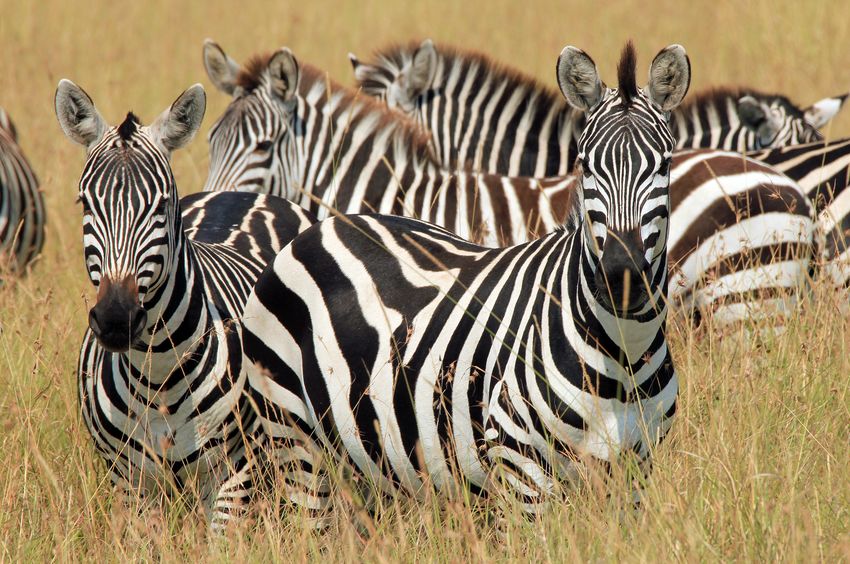By Sean Zucker –
Apparently, a zebra can change its stripes. Though, it might be an alarming sign. National Geographic reports there have been multiple recent sightings of zebras with unusual colors and patterns, such as golden coats, black splotches, and light-colored stripes. But this is more than a mid-pandemic crisis hair change, it’s a disconcerting sign of possible trouble ahead.
Abnormalities such as these are usually caused by genetic mutations that alter the production of the natural pigment melanin. Nonetheless, these types of changes are extremely rare in mammals. This issue began gaining traction in late 2019 when scientists discovered a polka-dotted zebra youngling with white spots in its dark-brown body in Kenya’s Masai Mara National Reserve. Over the following year, increasing sightings of zebras with visual aberrations led to experts questioning the reason and fearing the worst.
One of which was biologist and Assistant Adjunct Professor Brenda Larison at UCLA’s Center for Tropical Research & Department of Ecology and Evolutionary Biology. “The observation [of the oddly patterned zebras] led me to wonder: Is part of the reason that I’m seeing so many is because this population is inbred?” she pondered to National Geographic.
With an estimated 5 percent of plains zebras residing near Uganda’s Lake Mburo having abnormal stripes, Nat Geo warned that a lack of gene flow caused by depressed zebra migration could be to blame. Migration infuses populations with new genes, making it key to a species’ long-term survival. A lack of gene flow can lead to inbreeding and ultimately infertility, disease, and other genetic defects, the magazine explained.
Beyond the coloring aberrations, the plains zebra face another challenge. Its population has dropped by nearly 25 percent over the last two decades. This decline comes despite these animals being the least threatened of the three zebra species, as opposed to the vulnerable mountain zebras and endangered Grevy’s zebras. Experts like Larison believe that these threats are the result of habitat fragmentation caused by human development. Fences and roads have forced the plains zebra populations, such as the one in Lake Mburu, into small pockets of land, preventing larger migrating.
Larison and her research team conducted genetic analyses on 140 individual plains zebras from nine locations in Africa, including Nambia’s Etosha National Park and South Africa’s Kruger National Park, featuring seven with coat irregularities. They discovered that smaller, more isolated populations of zebras had lower genetic diversity and that these isolated groups were more likely to produce abnormally striped zebras, suggesting these genetic mutations are caused by their poor genetic diversity.
The research team concluded that despite studying a mere seven zebras with unusual coat patterns, their findings may represent a visual warning about the future of plains zebras. “Even though plains zebras aren’t highly threatened, these genetic issues often show up before really problematic things start happening,” Larison told Nat Geo.
Unfortunately, this also doesn’t bode well for the zebra’s surrounding ecosystem. The African Wildlife Foundation notes healthy zebra populations are crucial because they consume lower quality plant matter and reduce old growth. This, in turn, clears the way for new leaves and grasses, thereby increasing the overall quality of vegetation for other herbivores. Zebras are also an important food source for many of Africa’s carnivores, with roughly 30 percent killed by lions and hyenas.
Ultimately, these reports indicate there may be more at risk than zebras simply losing their stripes.













